Home>Furniture & Design>Interior Design Trends>Which Glue Is Best For Glass?
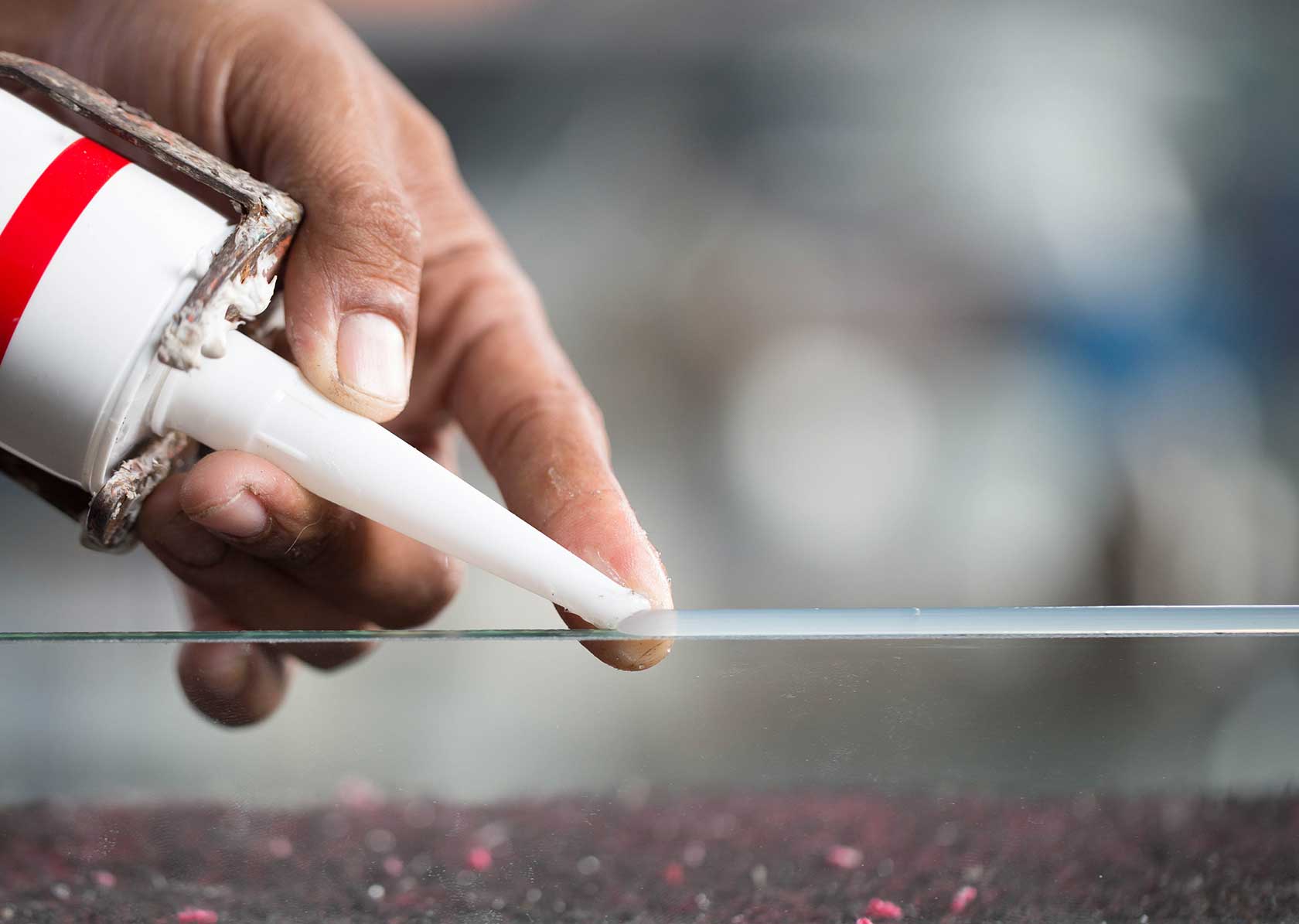

Interior Design Trends
Which Glue Is Best For Glass?
Modified: April 22, 2024
Discover the top interior design trends for glass and find out which glue is best for your project. Explore the latest tips and ideas for interior design with glass.
(Many of the links in this article redirect to a specific reviewed product. Your purchase of these products through affiliate links helps to generate commission for Storables.com, at no extra cost. Learn more)
Introduction
When it comes to crafting, repairing, or creating beautiful glass art, finding the right adhesive is crucial. Glass is a delicate and smooth material that requires a specialized glue to ensure a strong and lasting bond. Whether you're mending a broken vase, assembling a stained glass masterpiece, or simply attaching a glass embellishment to another surface, choosing the best glue for glass is essential for achieving a professional and durable result.
In this comprehensive guide, we will explore the various types of adhesives designed specifically for bonding glass, discuss the key factors to consider when selecting the most suitable glue, and provide recommendations for the best products on the market. Additionally, we will share valuable tips and techniques for using glass glue effectively, ensuring that your projects are not only visually stunning but also built to withstand the test of time.
Join us as we delve into the fascinating world of glass adhesives, uncovering the secrets to successful glass bonding and empowering you to embark on your glass-related endeavors with confidence and expertise. Whether you're a seasoned glass artist, a DIY enthusiast, or someone seeking to repair a cherished glass item, this guide will equip you with the knowledge and insights needed to make informed decisions and achieve outstanding results.
Key Takeaways:
- Choose the right glue for glass based on transparency, curing time, and durability. UV-curing glue is great for invisible bonds, epoxy resin for strength, and silicone adhesive for flexibility.
- Prep glass surfaces, apply glue with precision, and allow for proper curing. Use UV-curing glue for invisible bonds, epoxy resin for strength, and silicone adhesive for flexibility.
Read more: Which Glue Is Best For Glass
Types of Glue for Glass
When it comes to bonding glass, it's essential to choose the right type of adhesive to ensure a secure and long-lasting connection. There are several types of glues specifically formulated for use with glass, each offering unique properties and applications. Understanding the characteristics of these adhesives can help you make an informed decision when selecting the most suitable option for your project. Here are the primary types of glue for glass:
1. Cyanoacrylate Glue (Super Glue)
Cyanoacrylate glue, commonly known as super glue, is a fast-acting adhesive that forms a strong bond between glass surfaces. It is ideal for bonding small glass pieces or repairing hairline cracks due to its quick drying and high-strength properties. Super glue is available in various viscosities, allowing for precise application and control.
2. UV-curing Glue
UV-curing glue is a specialized adhesive that requires exposure to ultraviolet light to initiate the curing process. This type of glue is popular for glass bonding as it offers excellent transparency and creates a durable, clear bond. UV-curing glue is often used in glass art and jewelry making due to its ability to create seamless connections without leaving visible residue.
3. Epoxy Resin
Epoxy resin is a versatile adhesive that is well-suited for bonding glass to various materials, including metal and wood. It consists of a resin and hardener that, when mixed, create a strong and durable bond. Epoxy resin is known for its high impact resistance and ability to fill gaps, making it suitable for structural repairs and glass-to-glass bonding.
Read more: How To Glue Glass To Glass Permanently
4. Silicone Adhesive
Silicone adhesive is a flexible and waterproof glue commonly used for glass applications that require a strong, yet elastic bond. It is resistant to temperature fluctuations and provides excellent adhesion to glass surfaces, making it suitable for outdoor projects and glass assemblies that may experience movement or vibration.
5. Polyurethane Adhesive
Polyurethane adhesive is a versatile and durable glue that forms a strong bond with glass, making it suitable for both indoor and outdoor applications. It offers excellent resistance to moisture, chemicals, and temperature variations, making it an ideal choice for glass bonding in challenging environments.
Understanding the unique properties and applications of these different types of glue for glass is essential for selecting the most appropriate adhesive for your specific project. By considering factors such as transparency, curing time, flexibility, and environmental conditions, you can make an informed decision and achieve optimal results in your glass-related endeavors.
Factors to Consider When Choosing Glue for Glass
When selecting the most suitable glue for glass, several essential factors should be taken into account to ensure a successful and long-lasting bond. Understanding these considerations can help you make an informed decision and achieve optimal results in your glass-related projects.
-
Transparency: The level of transparency required for your project is a crucial factor to consider. For applications where the adhesive bond should be virtually invisible, such as in glass art or jewelry making, opt for a glue that dries clear and maintains the glass's aesthetic appeal.
-
Curing Time: The time it takes for the adhesive to fully cure and create a strong bond is an important consideration, especially for projects with time-sensitive assembly requirements. Some glues offer rapid curing, while others may require extended curing periods, so it's essential to choose a product that aligns with your project timeline.
-
Flexibility: Depending on the application, the flexibility of the adhesive may be a critical factor. For projects involving glass assemblies that may experience movement or vibration, such as outdoor installations or functional glass items, selecting a flexible adhesive can help prevent bond failure due to stress or environmental factors.
-
Durability and Strength: Assessing the strength and durability of the adhesive is vital, particularly for structural repairs or bonding heavy glass components. Consider the load-bearing requirements and environmental conditions the bonded glass will be exposed to, and choose a glue that offers the necessary strength and resilience.
-
Chemical Resistance: In certain applications, such as bonding glass in laboratory or industrial settings, resistance to chemicals and solvents is essential. Selecting an adhesive that can withstand exposure to specific chemicals ensures the longevity and integrity of the bond in challenging environments.
-
Temperature Resistance: For glass bonding in environments with fluctuating temperatures or exposure to heat sources, choosing a glue with high temperature resistance is crucial. This ensures that the adhesive bond remains stable and reliable, even under varying thermal conditions.
-
Ease of Application: Consider the ease of application and the precision required for your project. Some adhesives come with applicator tips or syringes for accurate dispensing, while others may require mixing before use. Selecting a glue that aligns with your application method and skill level can contribute to a successful bonding process.
By carefully evaluating these factors and understanding the specific requirements of your glass-related project, you can confidently select the most appropriate glue for glass, ensuring a strong, durable, and visually appealing bond that meets your unique needs and expectations.
Best Glue for Glass
Selecting the best glue for glass depends on the specific requirements of your project and the characteristics of the adhesive that align with your needs. Considering factors such as transparency, curing time, flexibility, durability, and ease of application can guide you toward the most suitable option for achieving a strong and lasting bond.
One of the top contenders for bonding glass is UV-curing glue. This specialized adhesive offers exceptional transparency, creating virtually invisible bonds that are ideal for glass art, jewelry making, and intricate glass assemblies. With its ability to cure rapidly when exposed to ultraviolet light, UV-curing glue provides precise control over the bonding process, ensuring seamless connections without leaving any visible residue.
Epoxy resin also stands out as an excellent choice for bonding glass due to its versatility and high-strength properties. It is well-suited for a wide range of glass-related applications, including structural repairs, glass-to-glass bonding, and attaching glass components to other materials. Epoxy resin offers excellent adhesion, impact resistance, and the ability to fill gaps, making it a reliable option for achieving durable and resilient glass bonds.
For projects that require flexibility and resilience, silicone adhesive emerges as a top performer. Its waterproof and temperature-resistant properties make it suitable for outdoor glass installations, functional glass items, and applications where the bonded glass may experience movement or stress. Silicone adhesive provides a strong and elastic bond, accommodating the dynamic nature of certain glass-related projects.
In addition to these options, cyanoacrylate glue, commonly known as super glue, remains a popular choice for bonding glass due to its fast-acting nature and high-strength bond. It is particularly effective for small glass pieces and hairline crack repairs, offering quick and reliable adhesion for various glass-related projects.
When considering the best glue for glass, it's essential to evaluate the specific requirements of your project and select an adhesive that aligns with the desired characteristics and performance attributes. By choosing the right glue for your glass-related endeavors, you can ensure that your projects are not only visually stunning but also built to withstand the test of time.
Read more: What Glue Works On Glass
Tips for Using Glue on Glass
When working with glue on glass, employing the right techniques and practices can significantly impact the strength and quality of the bond. Whether you're undertaking a glass repair, creating glass art, or assembling glass components, the following tips can help you achieve optimal results and ensure a successful bonding process:
-
Surface Preparation: Before applying the glue, it's crucial to prepare the glass surfaces to be bonded. Ensure that the surfaces are clean, dry, and free from any dust, grease, or residue. Cleaning the glass with a gentle glass cleaner or isopropyl alcohol can help promote better adhesion and prevent contaminants from compromising the bond.
-
Precision Application: When applying the glue, precision is key to achieving a strong and seamless bond. Use applicator tips, syringes, or precision dispensers to control the amount of adhesive and apply it precisely to the intended areas. This is particularly important for intricate glass assemblies and delicate glass art projects.
-
Avoid Excessive Glue: While it may be tempting to apply a generous amount of glue, especially for larger or heavier glass pieces, using excessive adhesive can lead to messy, visible residue and compromise the aesthetics of the bond. Applying a thin, even layer of glue ensures a clean and transparent bond while maximizing the adhesive's effectiveness.
-
Curing in Controlled Environment: After applying the glue, allow the bond to cure in a controlled environment. Ensure that the temperature and humidity levels are suitable for the specific adhesive being used. Following the manufacturer's recommendations for curing conditions can contribute to the optimal strength and durability of the bond.
-
Pressure and Support: Depending on the type of adhesive used, applying gentle pressure to the bonded surfaces can help promote better contact and adhesion. Additionally, providing adequate support to the bonded components during the curing process can prevent any movement or misalignment, ensuring a secure and precise bond.
-
Post-Bonding Cleanup: Inevitably, some adhesive may seep out during the bonding process. It's essential to clean up any excess glue promptly to maintain the visual appeal of the bond. Use a suitable solvent or adhesive remover recommended by the adhesive manufacturer to clean up any residue without compromising the bond.
By incorporating these tips into your glass bonding process, you can enhance the quality, strength, and aesthetics of the bond, ensuring that your glass-related projects are executed with precision and expertise. Whether you're a seasoned glass artist or a DIY enthusiast, these practices can empower you to achieve outstanding results and create durable, visually appealing bonds in your glass endeavors.
Conclusion
In conclusion, the art of bonding glass requires careful consideration of the adhesive properties, project requirements, and application techniques. Selecting the best glue for glass hinges on factors such as transparency, curing time, flexibility, durability, and ease of application. By understanding the unique characteristics of different types of glass adhesives and evaluating their suitability for specific projects, individuals can make informed decisions and achieve exceptional results in their glass-related endeavors.
The versatility and transparency of UV-curing glue make it an excellent choice for applications where invisible bonds are essential, such as glass art and jewelry making. Its rapid curing under ultraviolet light ensures precise and seamless connections, contributing to the aesthetic appeal of glass assemblies. Epoxy resin, on the other hand, offers exceptional strength, impact resistance, and gap-filling properties, making it a reliable option for structural repairs and glass-to-glass bonding. For projects requiring flexibility and resilience, silicone adhesive emerges as a top performer, providing waterproof and temperature-resistant bonds suitable for outdoor installations and functional glass items. Additionally, the fast-acting nature and high-strength bond of cyanoacrylate glue make it a popular choice for small glass pieces and hairline crack repairs.
Furthermore, employing best practices when using glue on glass, such as surface preparation, precision application, controlled curing, and post-bonding cleanup, can significantly enhance the quality and durability of the bond. These techniques ensure that the adhesive forms a strong and lasting connection, contributing to the overall success of glass-related projects.
By integrating the knowledge of different types of glass adhesives, essential factors to consider when choosing glue for glass, and effective bonding techniques, individuals can embark on their glass-related endeavors with confidence and expertise. Whether it's repairing a cherished glass item, creating intricate glass art, or assembling functional glass components, the right adhesive, coupled with proper application methods, can elevate the outcome of glass bonding projects, resulting in visually stunning and enduring bonds that stand the test of time.
Frequently Asked Questions about Which Glue Is Best For Glass?
Was this page helpful?
At Storables.com, we guarantee accurate and reliable information. Our content, validated by Expert Board Contributors, is crafted following stringent Editorial Policies. We're committed to providing you with well-researched, expert-backed insights for all your informational needs.
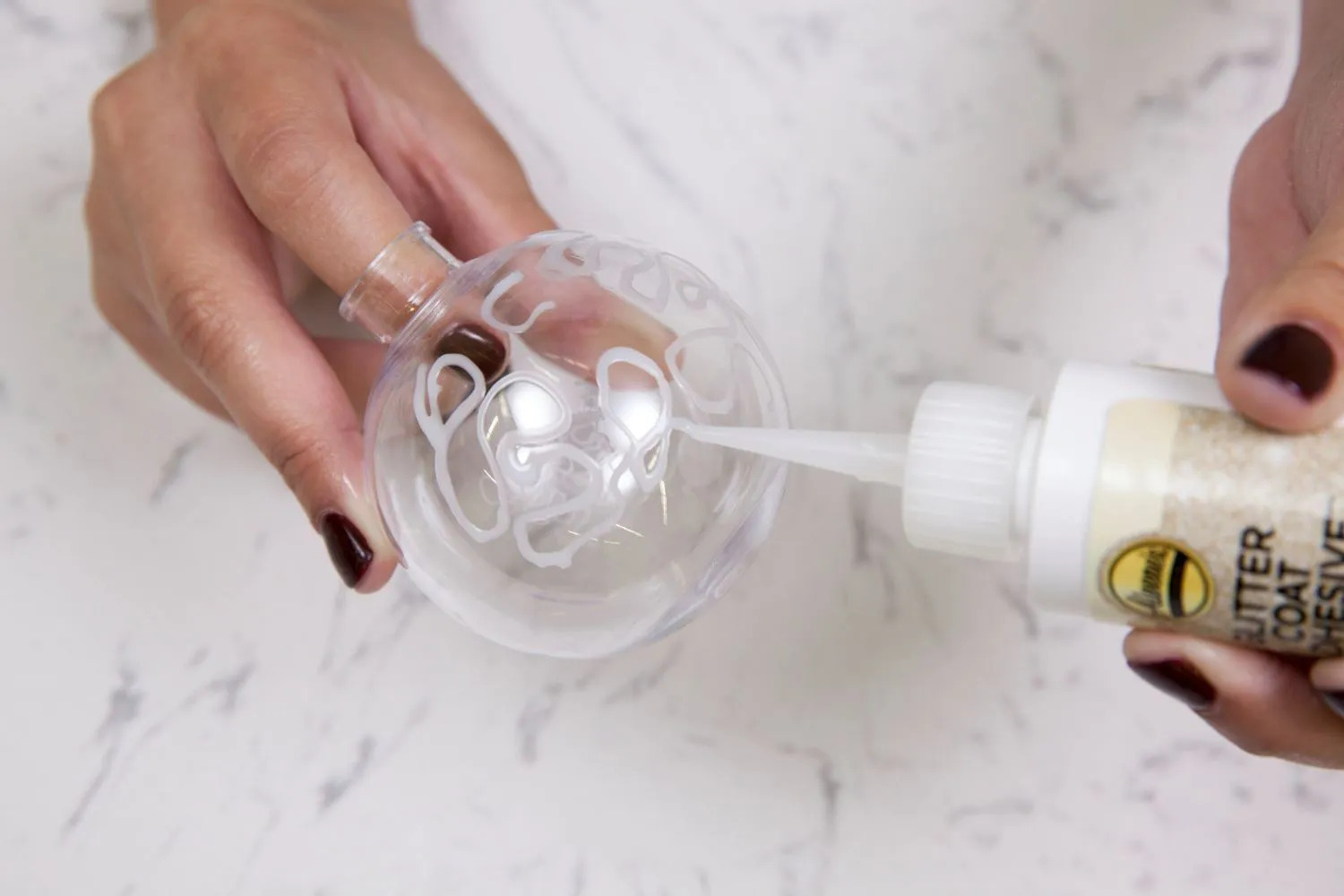
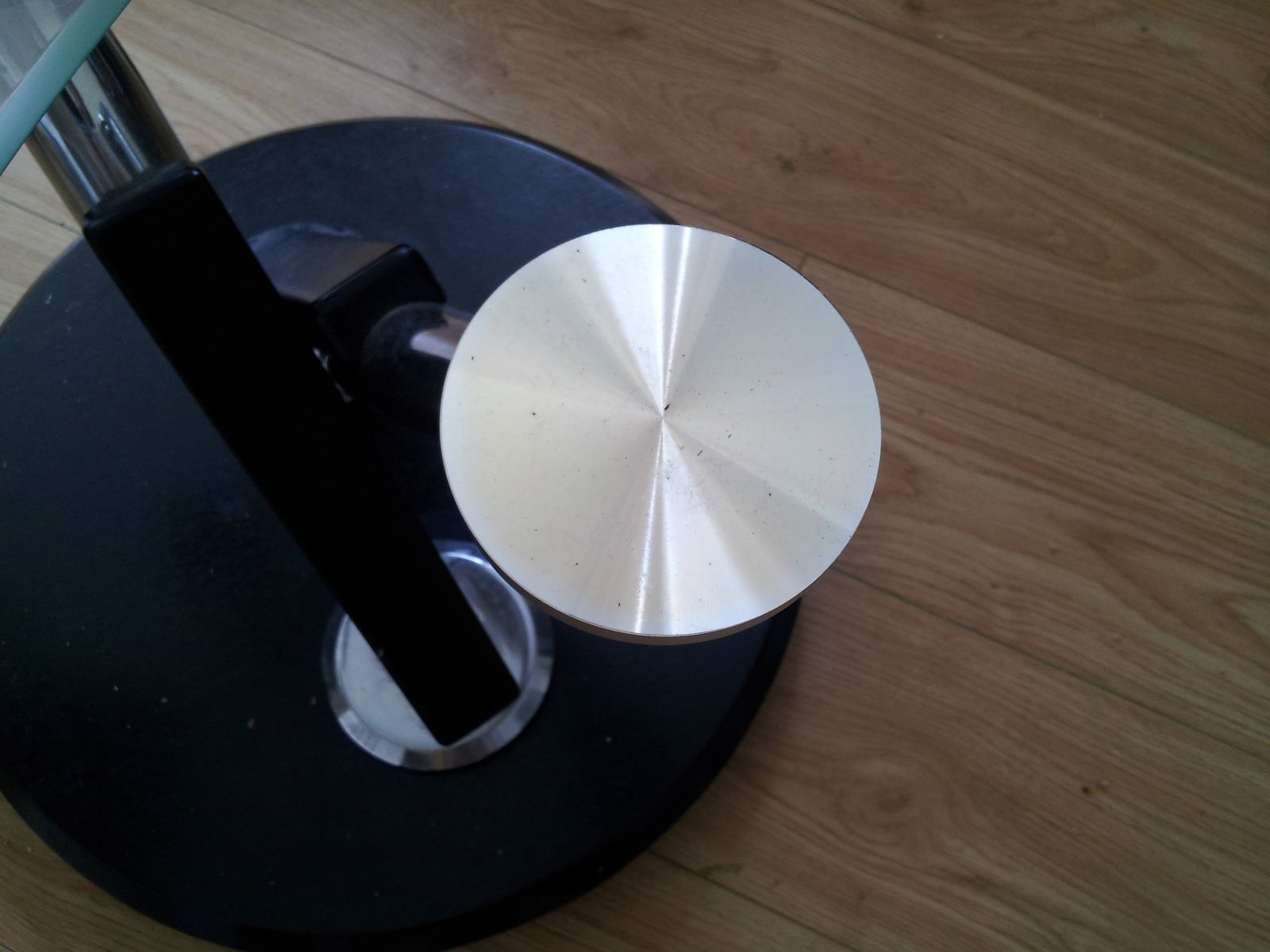
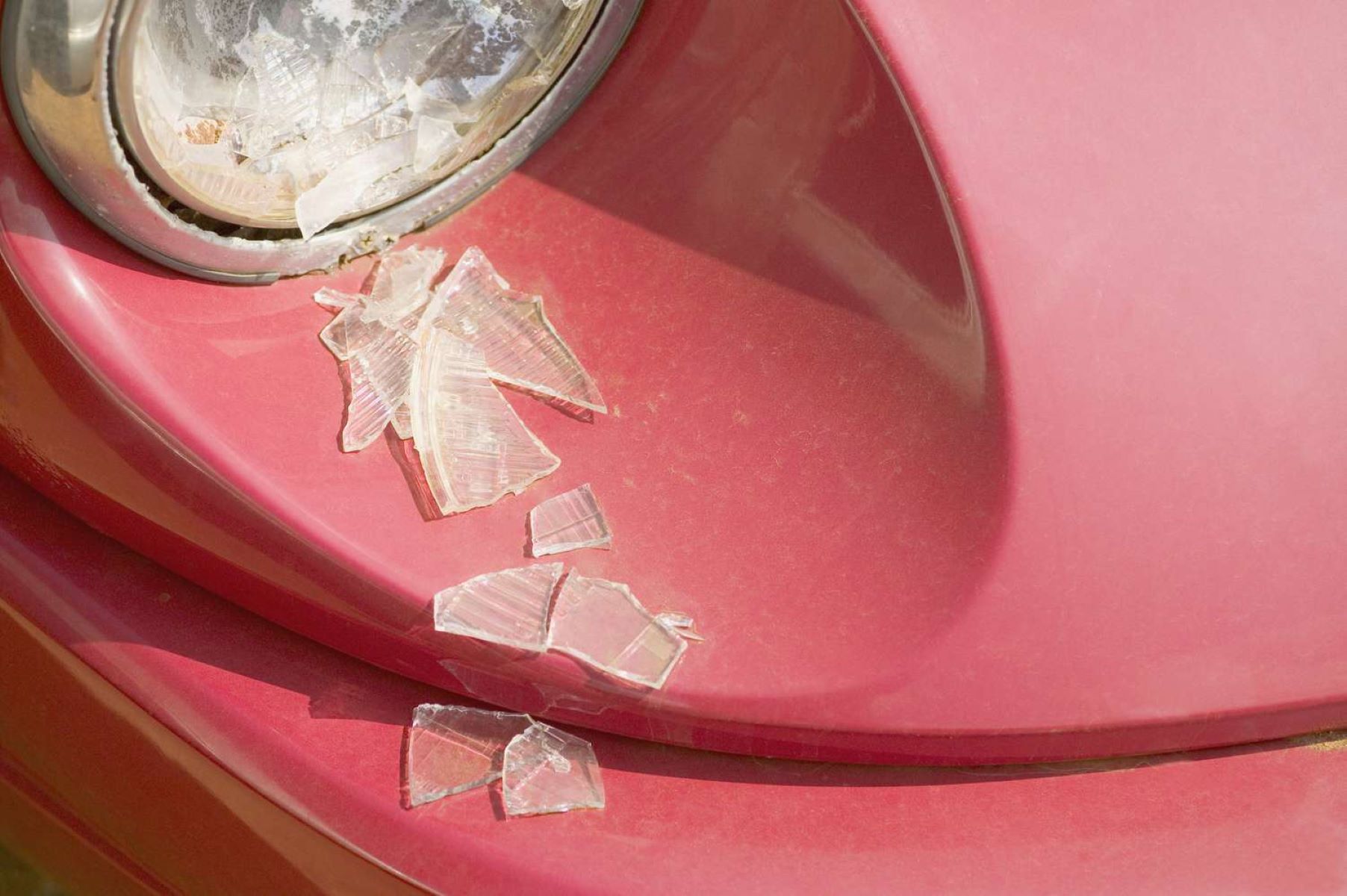
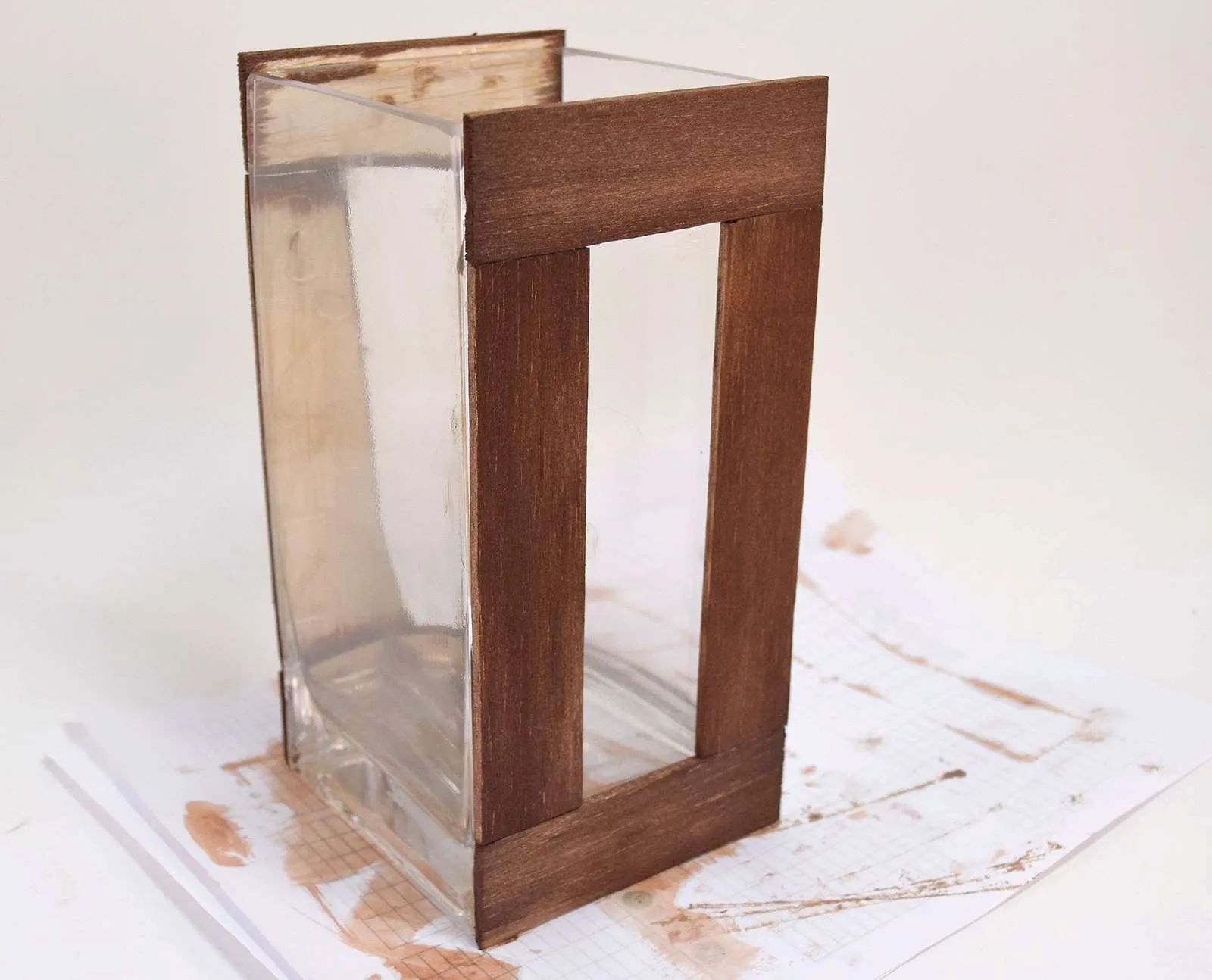
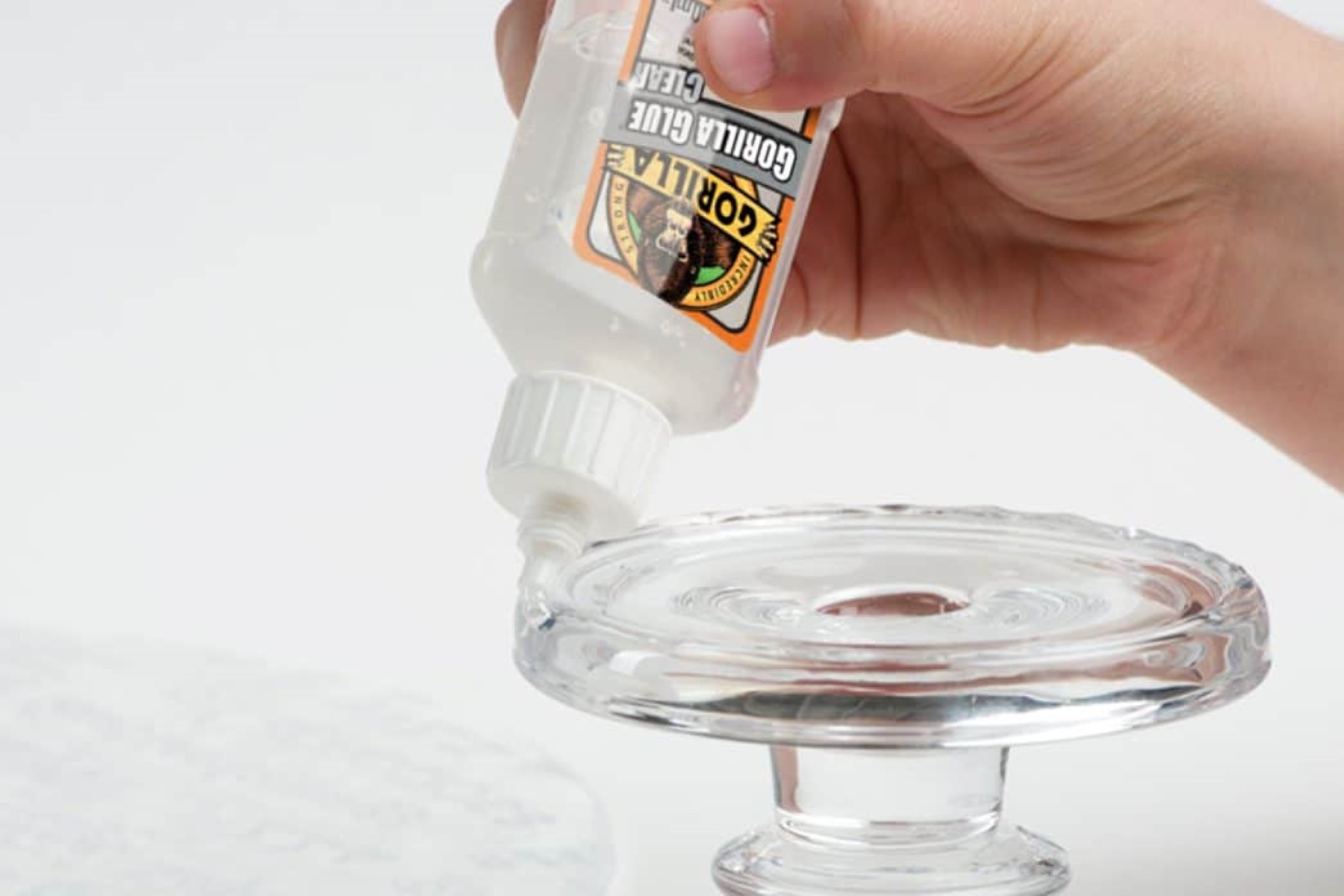
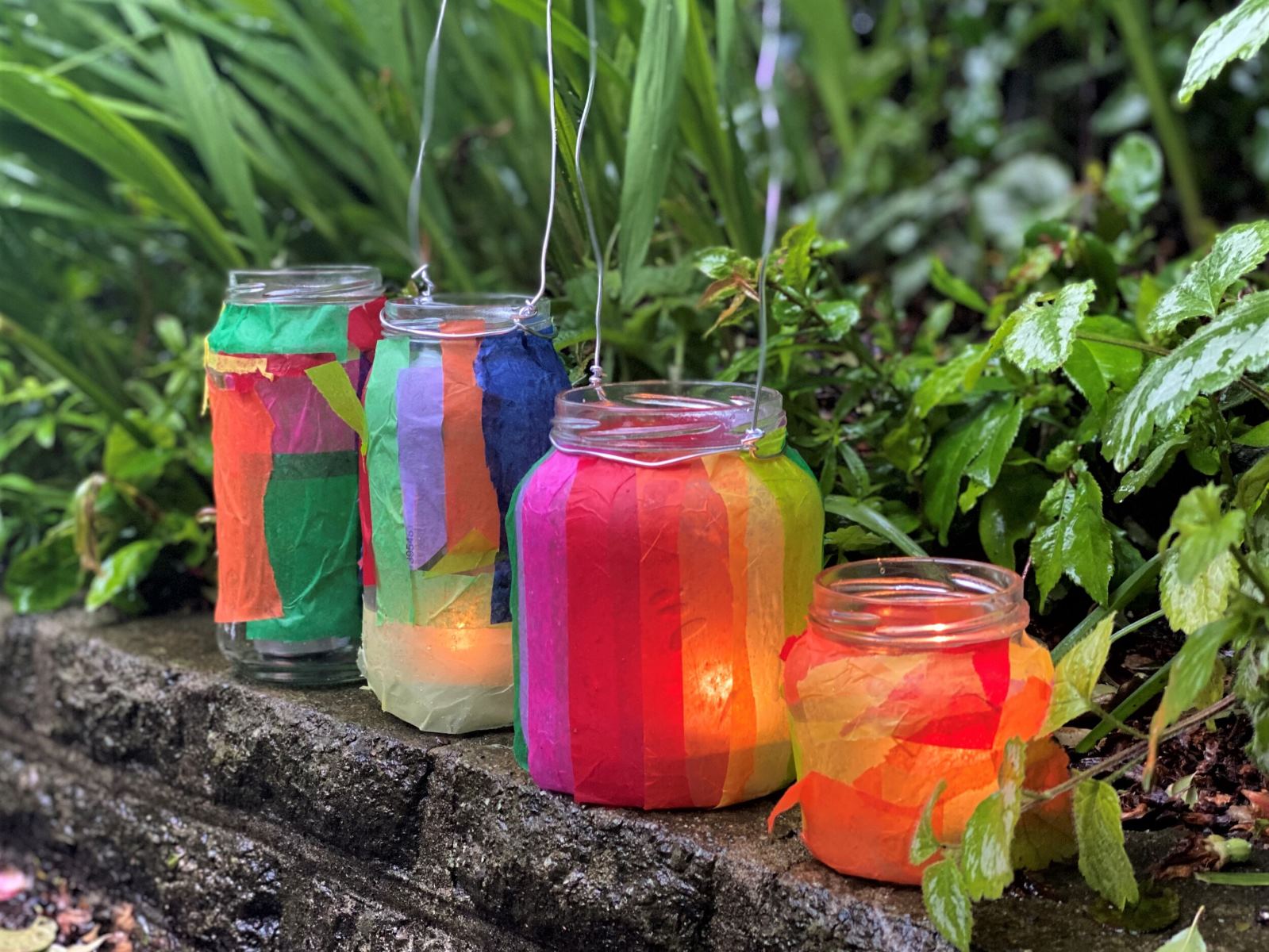
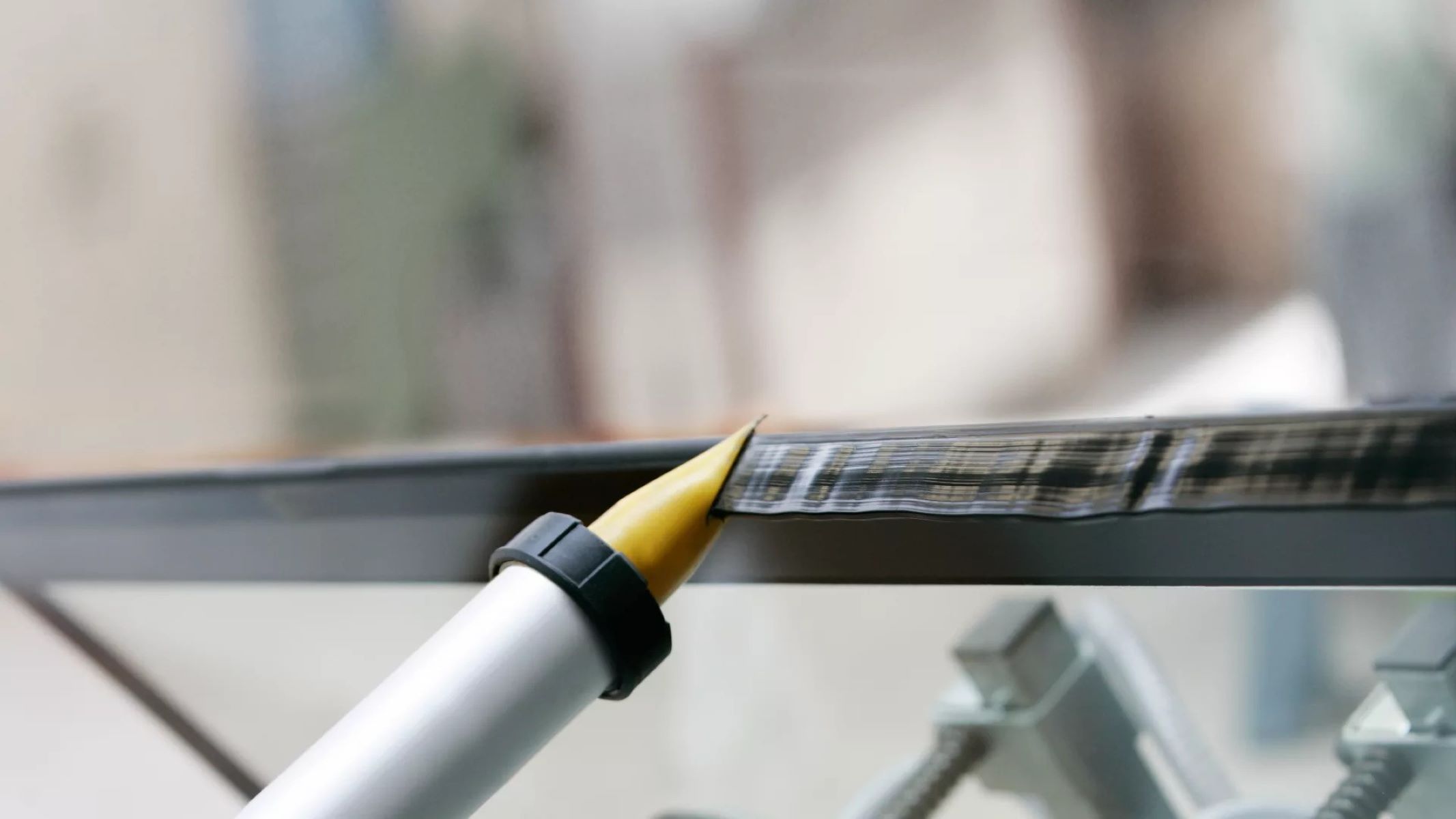
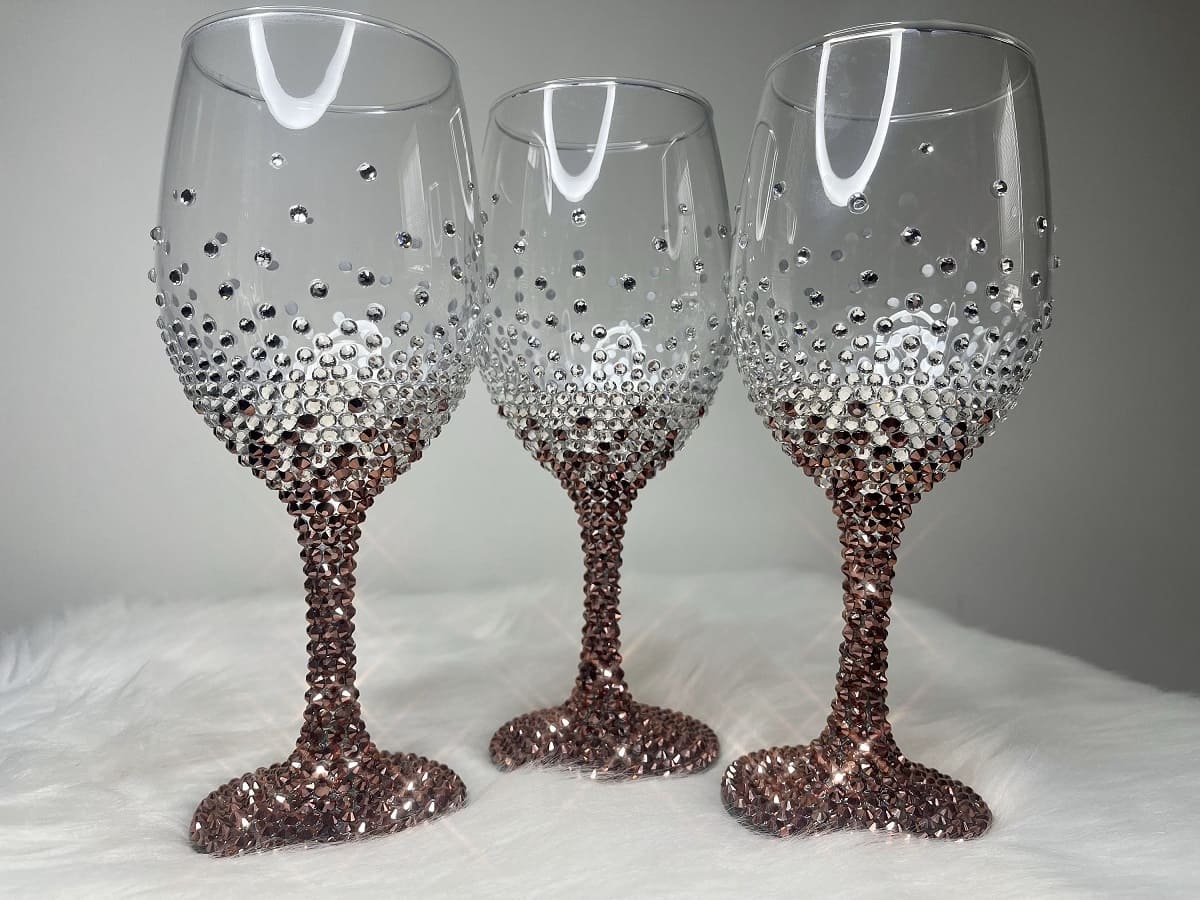
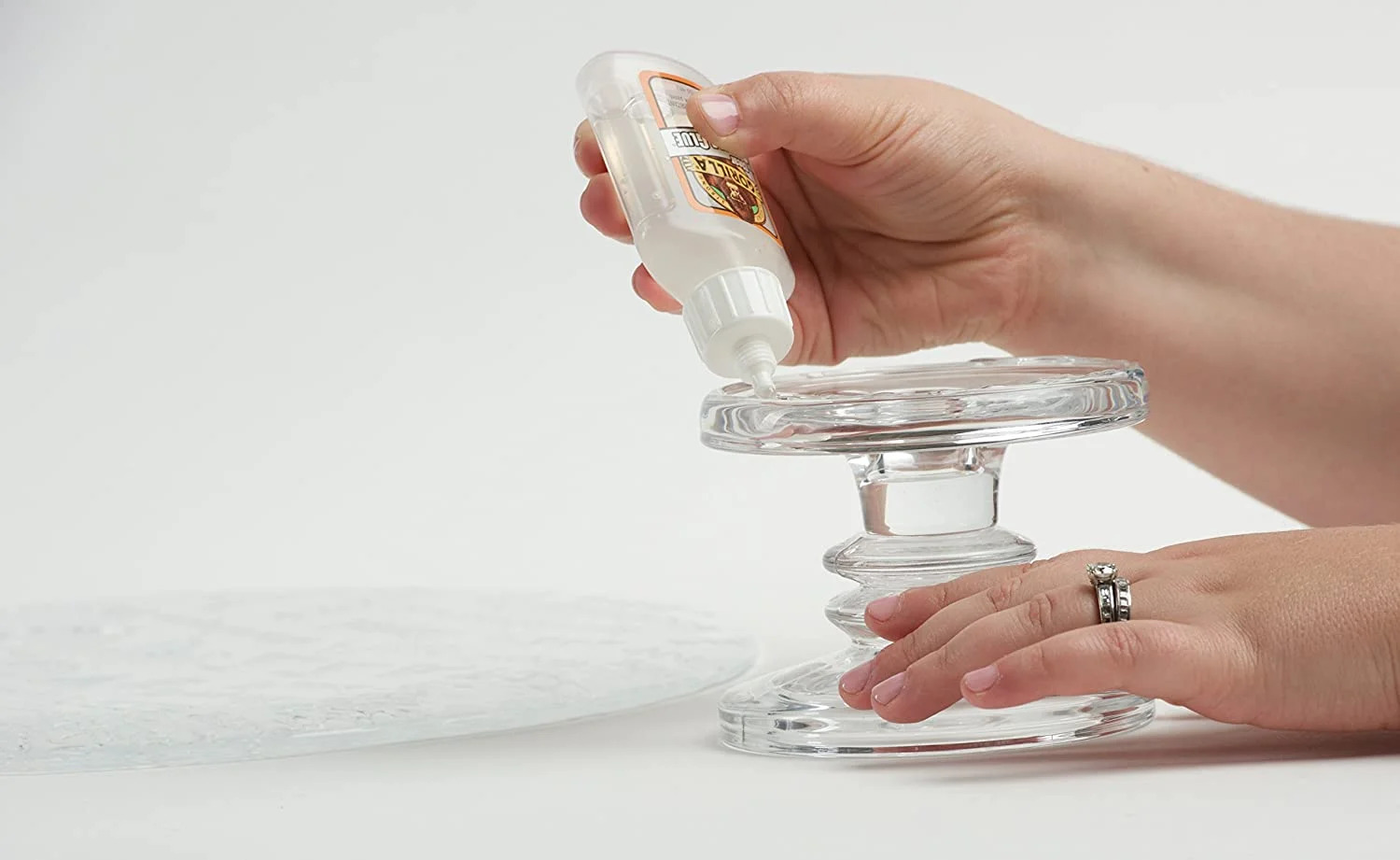
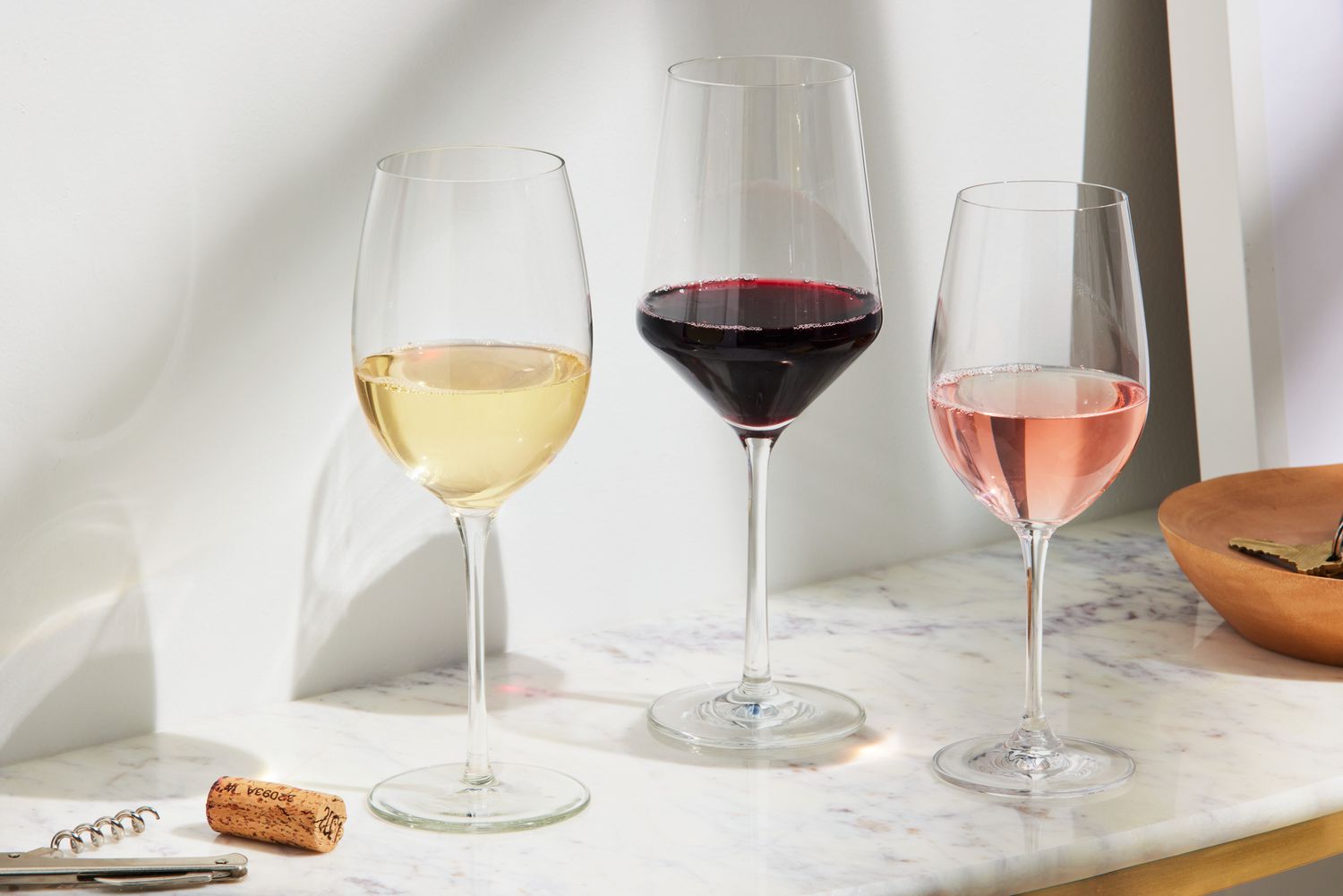
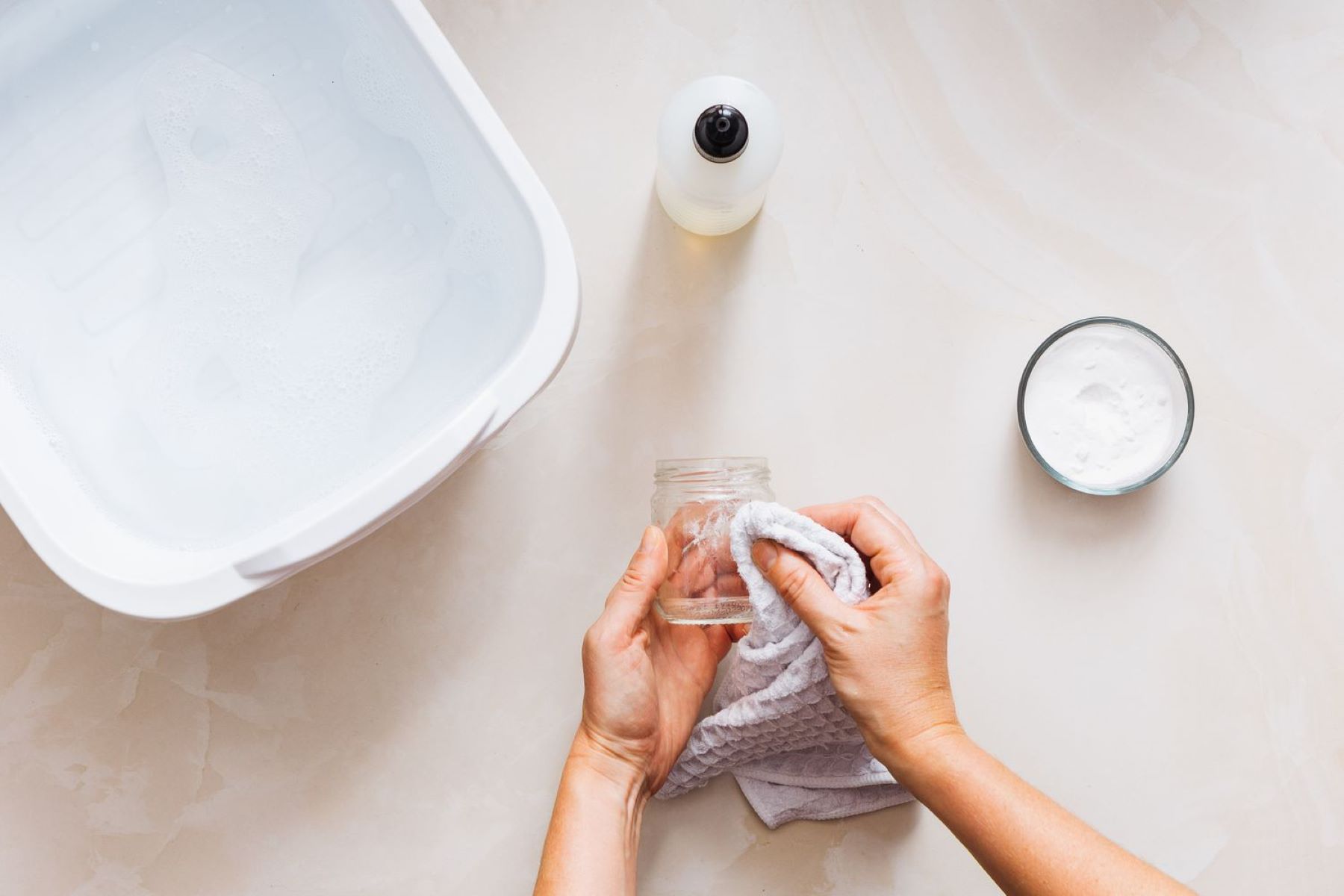
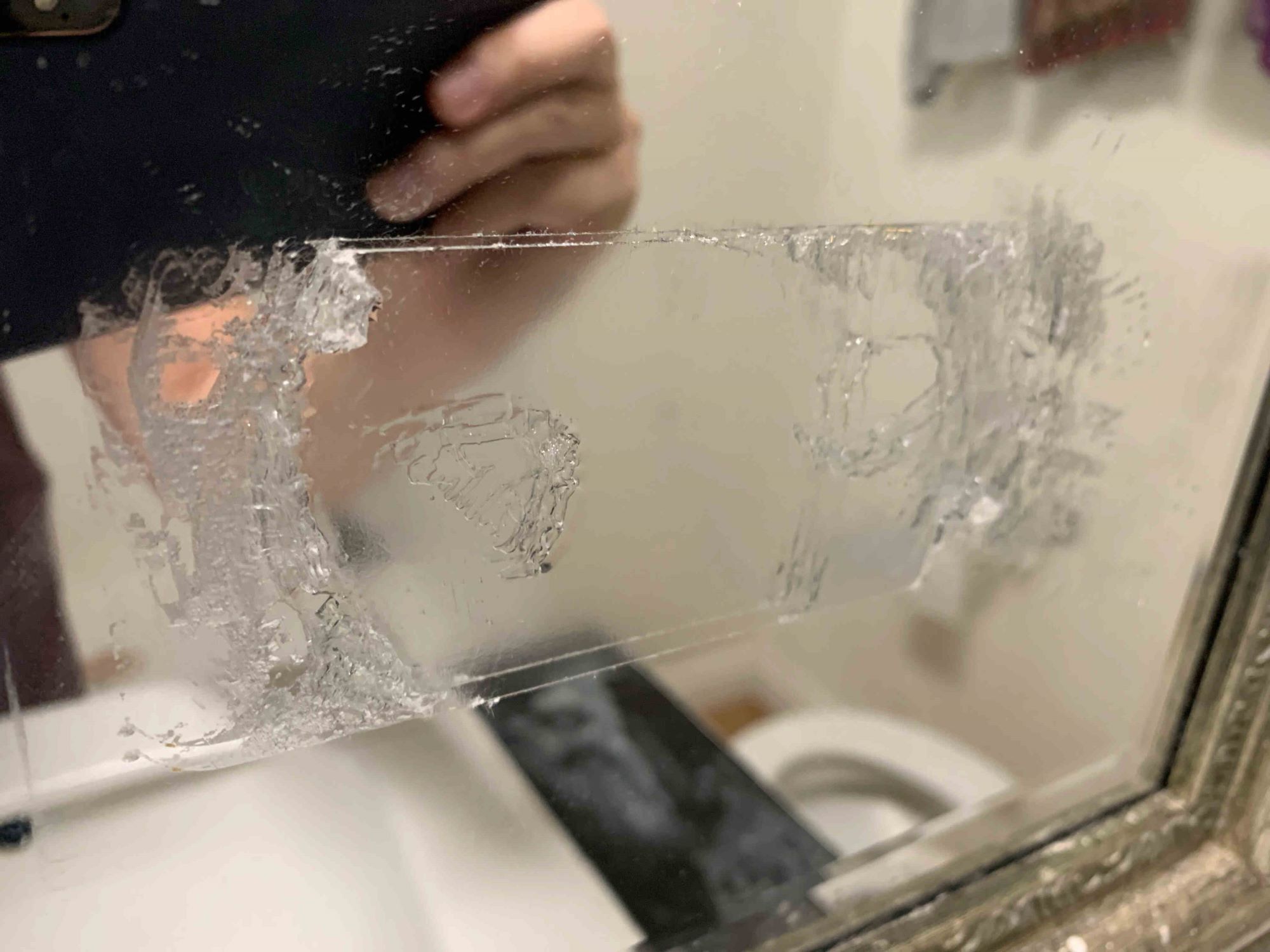
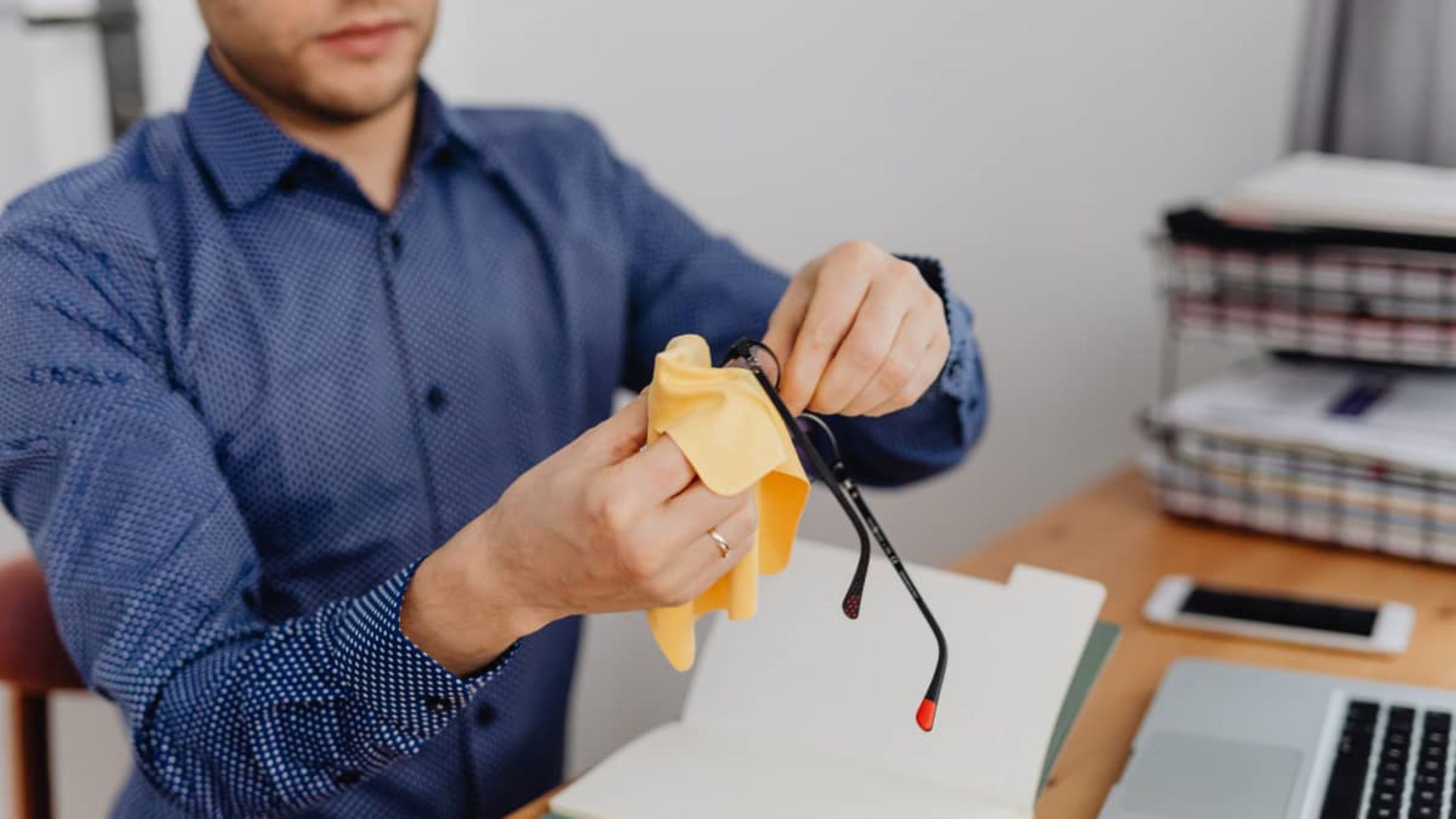

0 thoughts on “Which Glue Is Best For Glass?”